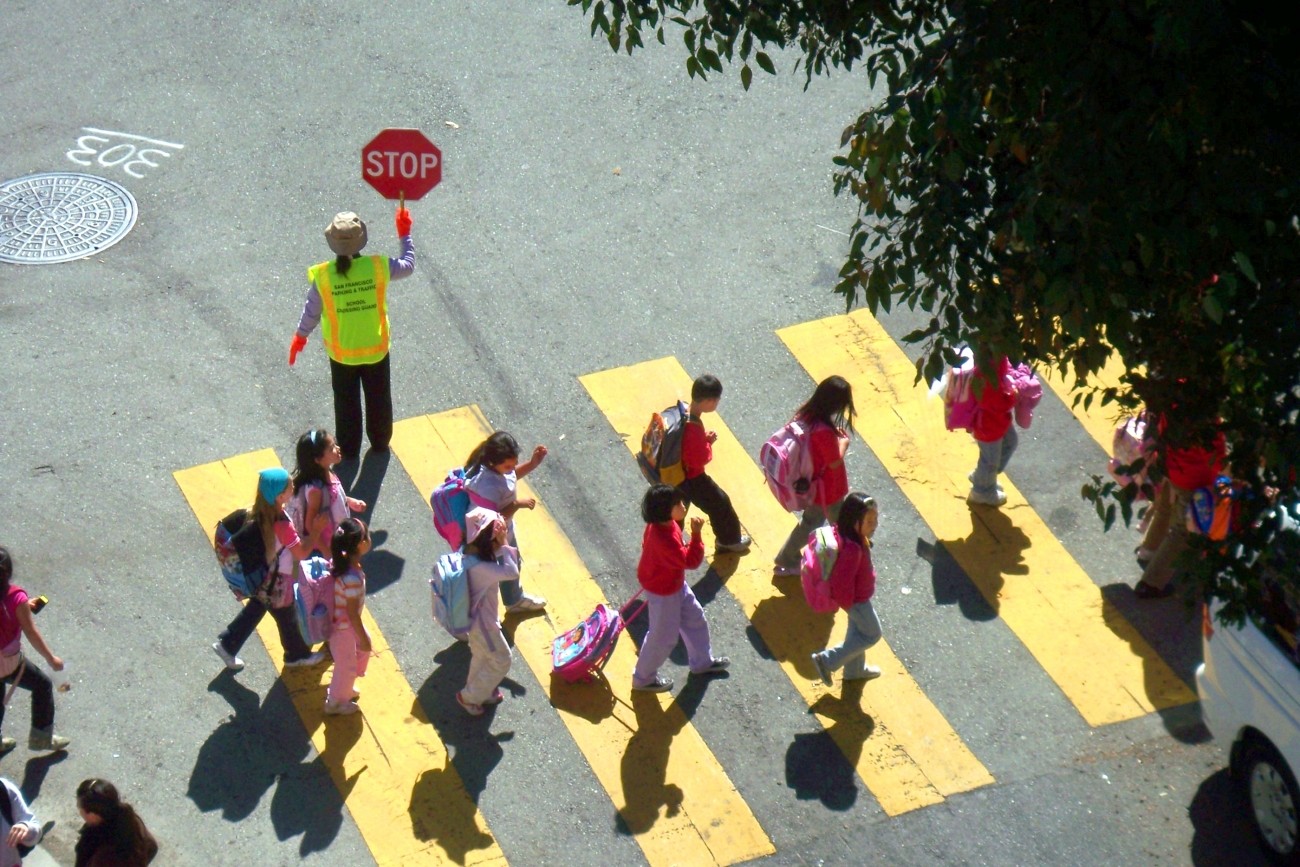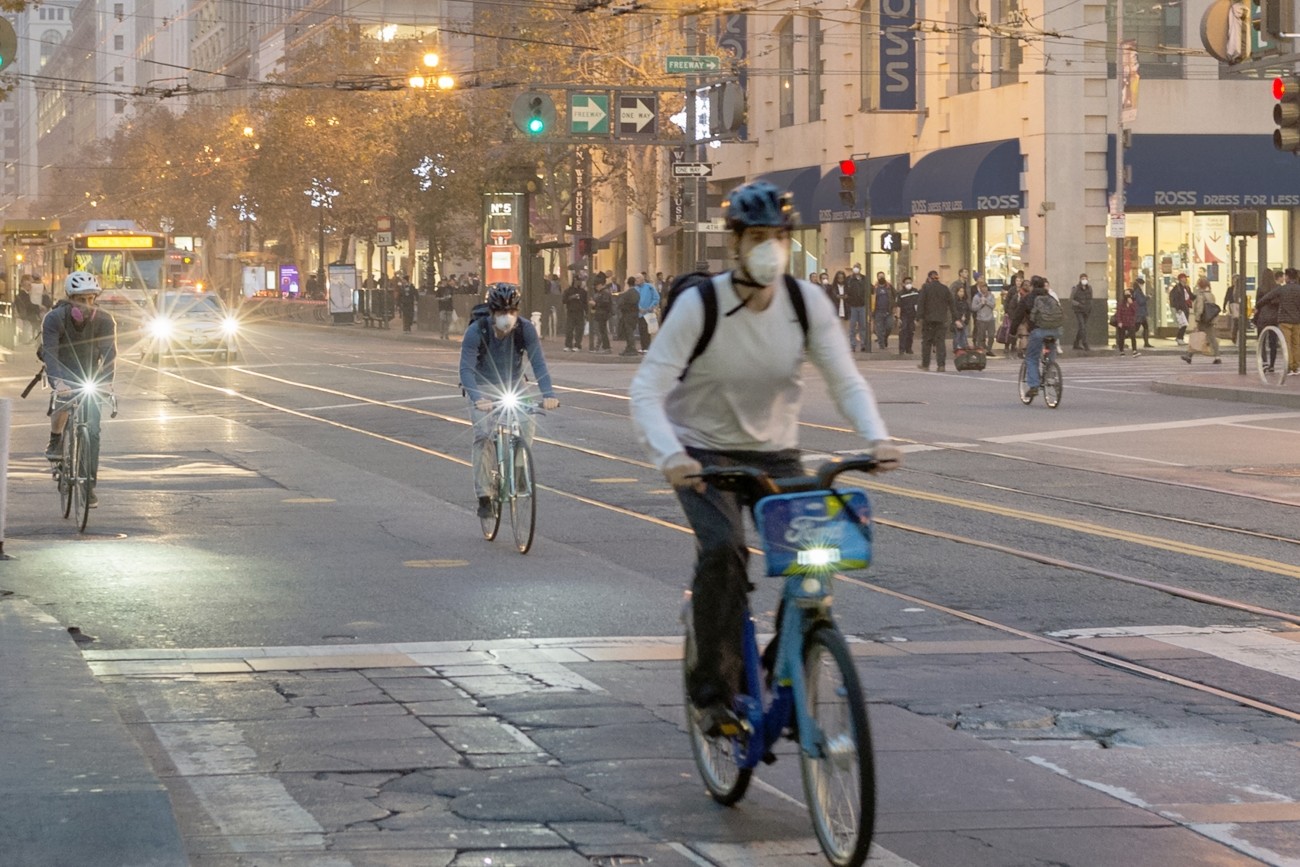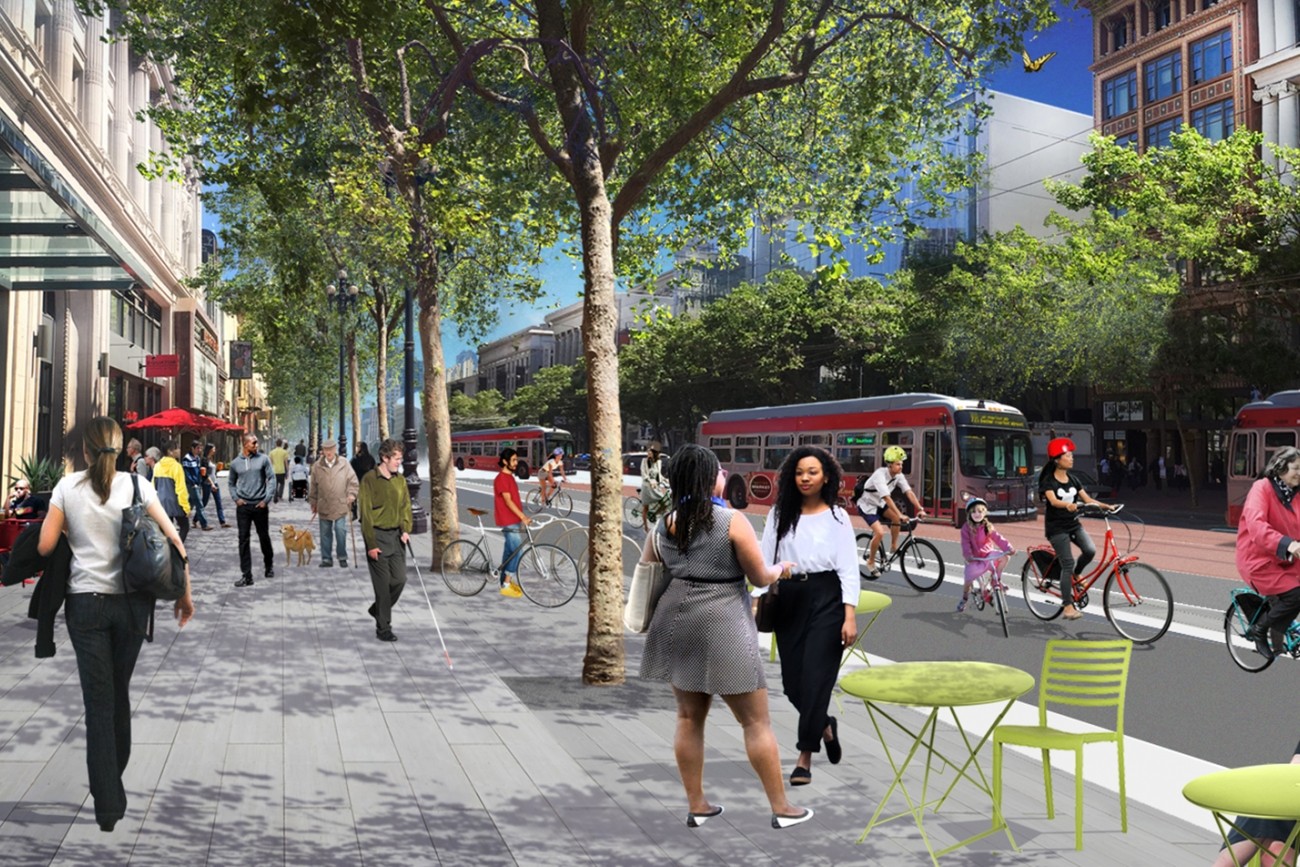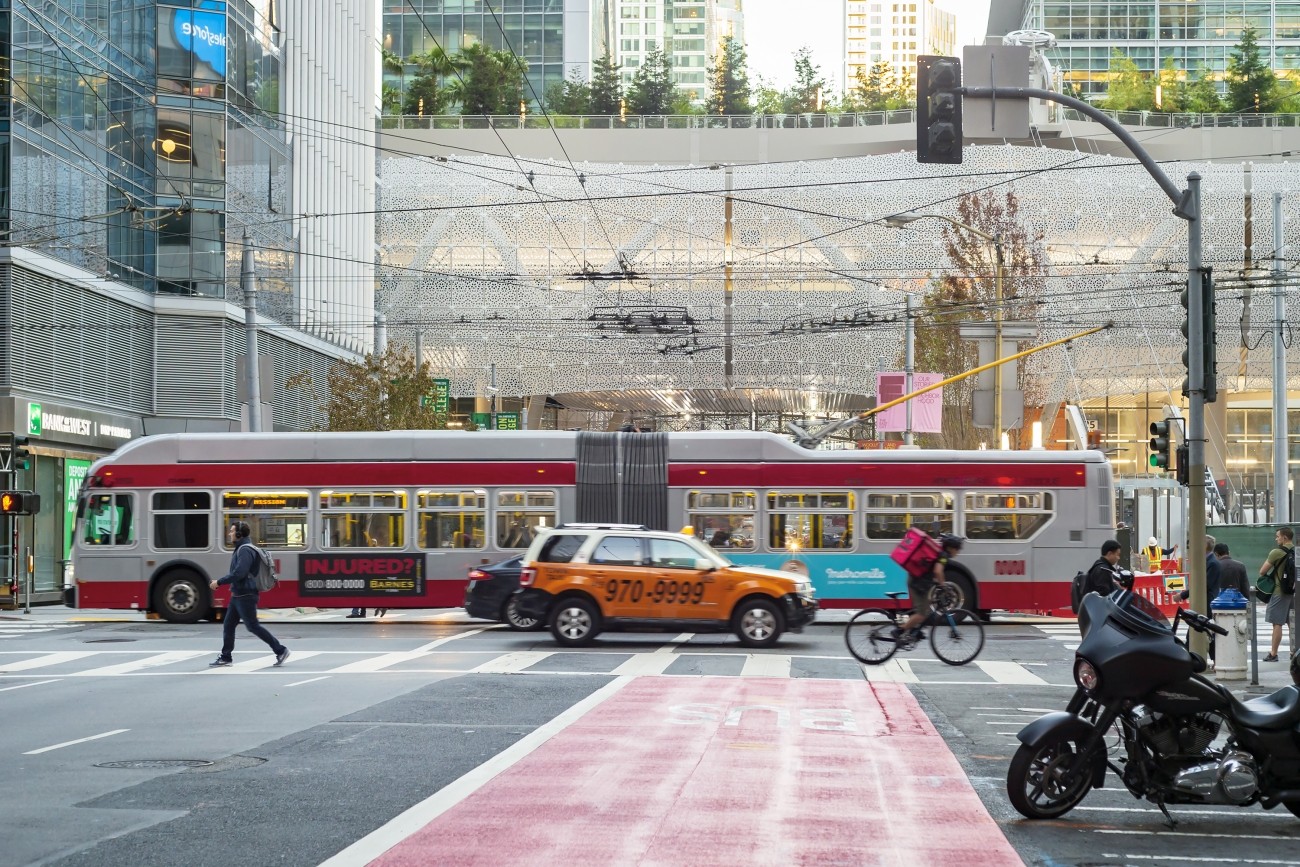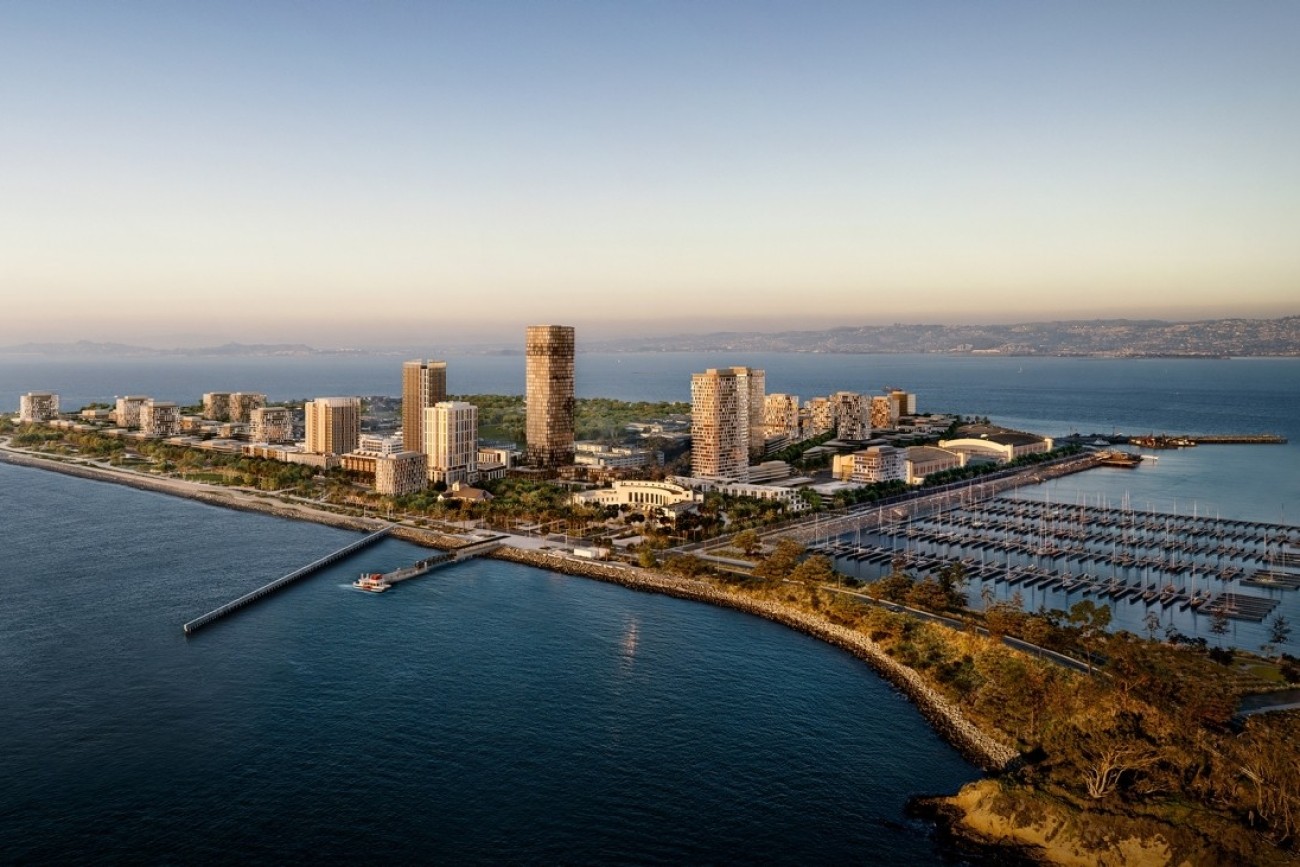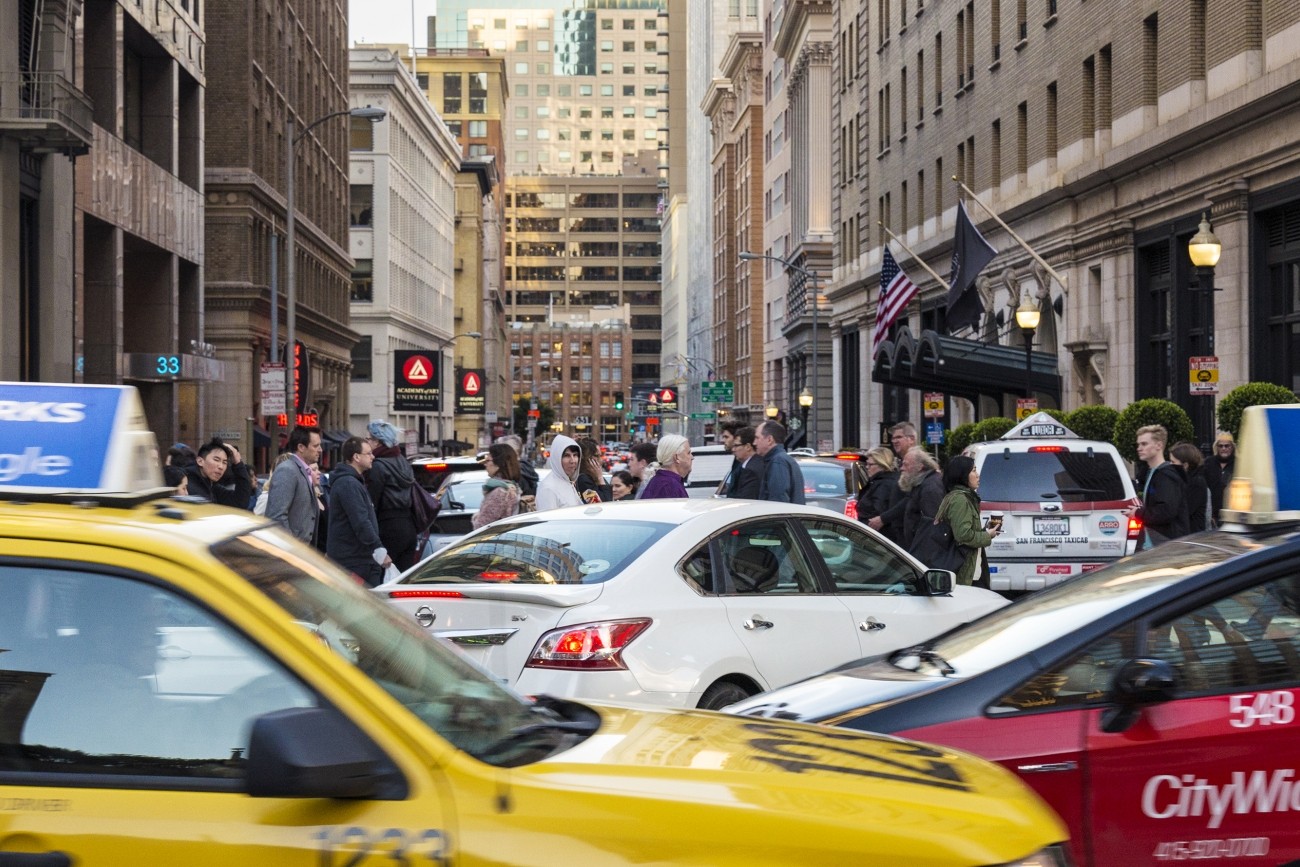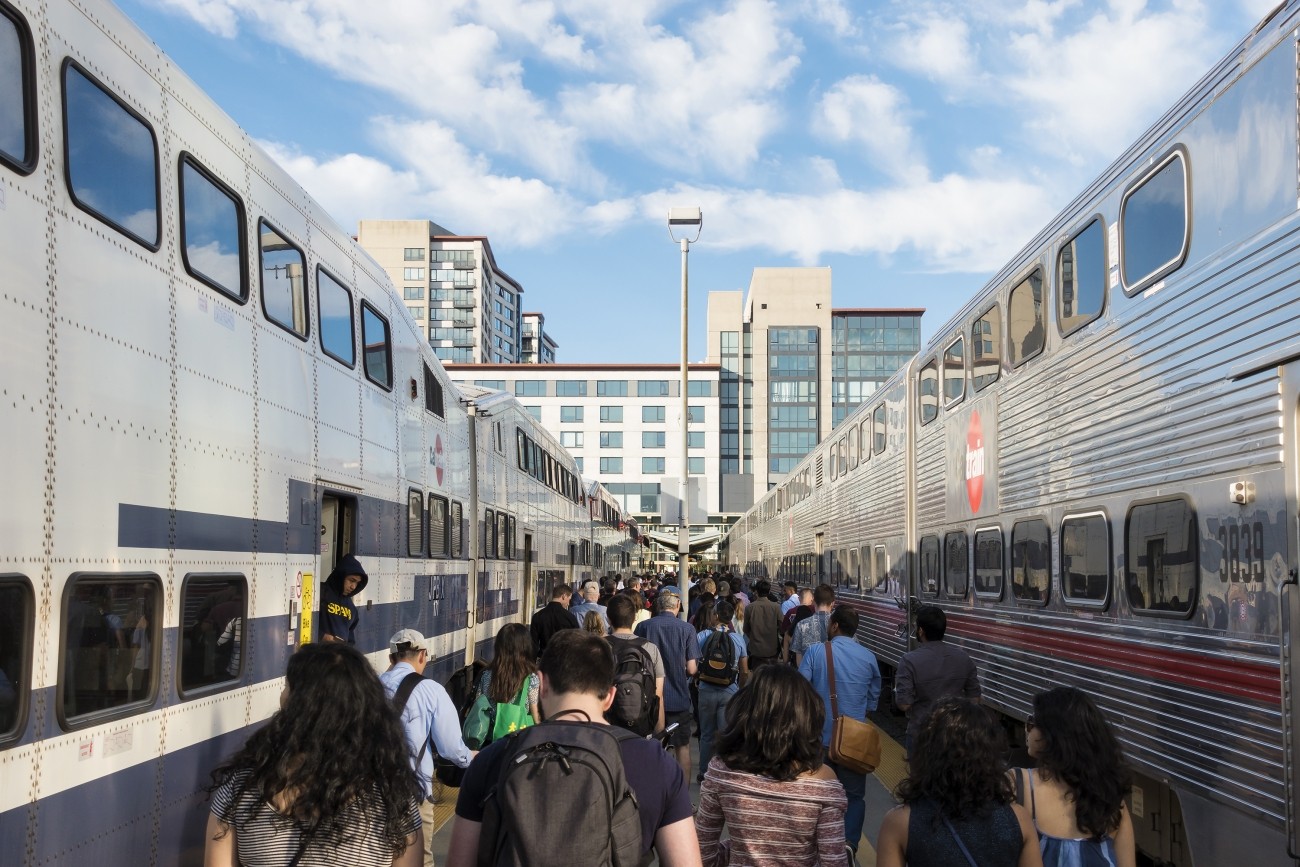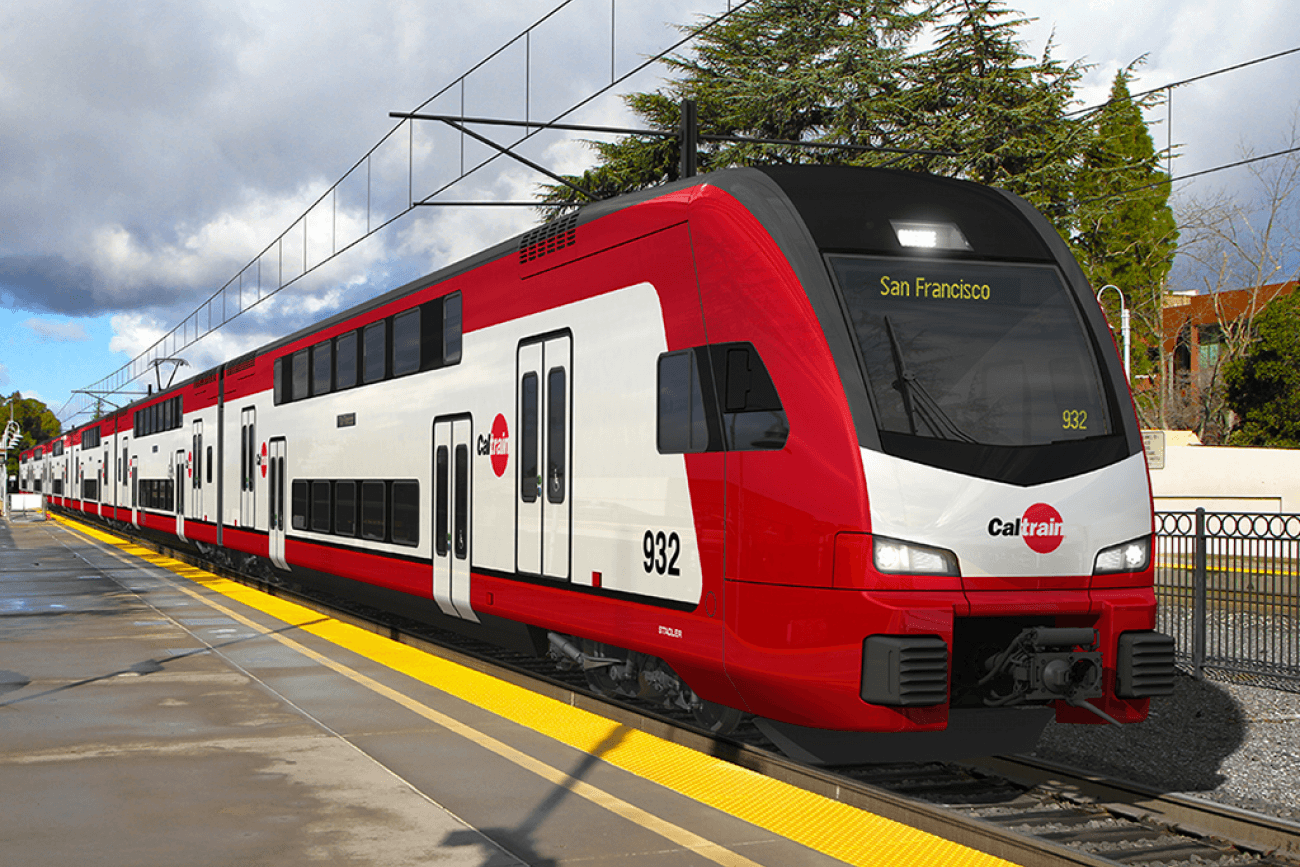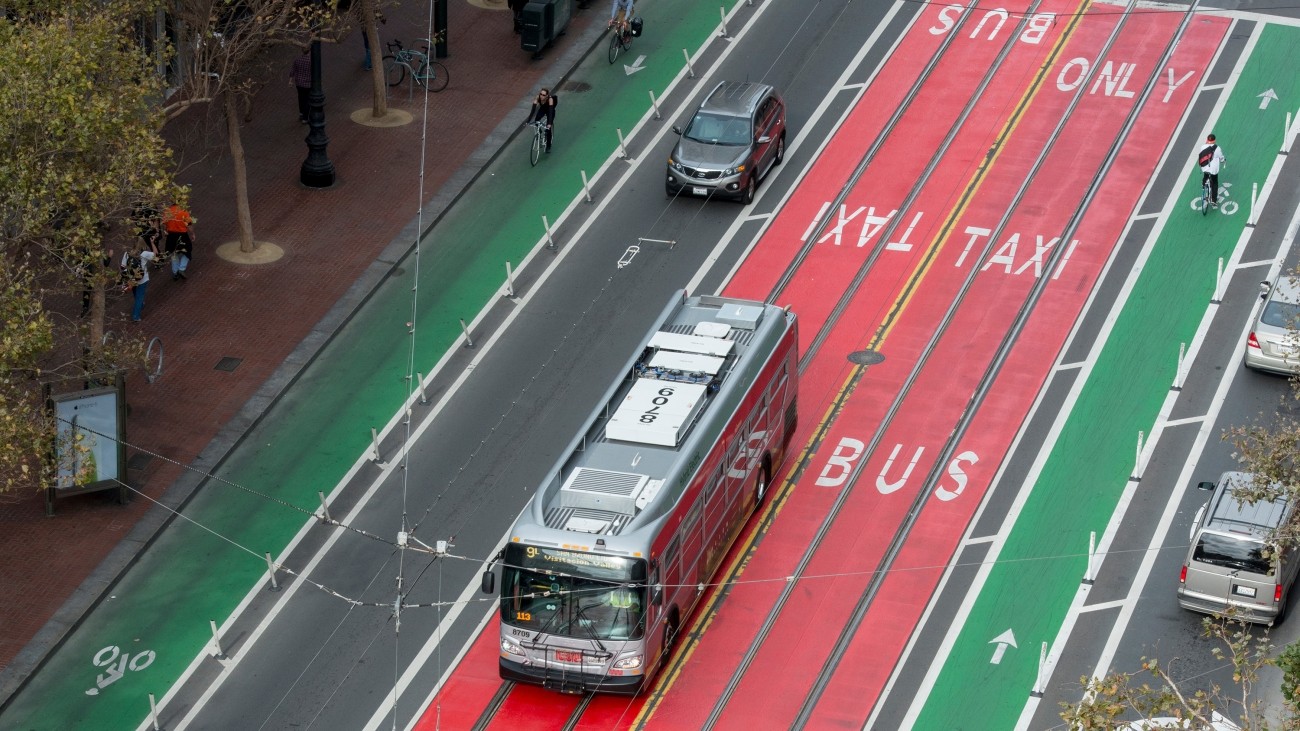
Photo: SFMTA Photography Department
Introduction
The San Francisco Board of Supervisors adopted the city’s transit-first policy in 1973. The policy—which prioritizes movement of people and goods with a focus on transit, walking, and biking instead of private automobiles—continues to guide our efforts amidst rapid growth and change.
Transit-First principles have led the development of the city’s major infrastructure projects, including BART and the city’s first bicycle plan, as well as significant planning efforts like the Downtown Plan and Better Streets Plan.
Why Transit-First?
A more equitable transportation system: Focusing transportation improvements in San Francisco’s Equity Priority Communities means better transportation, walking, and biking options for our most disadvantaged or vulnerable communities.
Cleaner air: More trips by transit, walking, and biking means cleaner air and healthier communities and supports the city’s climate action goals.
Safer streets: Investments to improve pedestrian and bicycling space make streets safer for everyone, helping us get closer to our Vision Zero goal.
A stronger economy: Better access to efficient transportation options will help facilitate future growth and enhance regional competitiveness.
Our Work
As San Francisco’s congestion management agency, transit-first principles are fundamental to the Transportation Authority's work.
We support transit-first policies by:
Funding major transit projects such as the purchase of BART cars and Muni rail and bus vehicles, Caltrain Electrification, the Salesforce Transit Center and Downtown Rail extension, Van Ness and Geary Bus Rapid Transit, and the Better Market Street project.
Using pricing and incentives as a tool to reduce congestion, reduce solo private vehicle trips, and fund transit. Examples of this include our work on downtown congestion pricing, freeway express lanes, and the Treasure Island Transportation Plan.
Supporting long-range planning efforts at the state and regional levels on long-range planning efforts that support a transit-first future, such as ConnectSF, the San Francisco Transportation Plan, and Plan Bay Area.
Conducting data analysis and evaluation to better understand how our transportation network is functioning, such as our twice-yearly congestion reports and studies on ride-hail vehicles and congestion.
San Francisco Charter SEC. 8A.115. Transit-First Policy
(a) The following principles shall constitute the City and County's transit-first policy and shall be incorporated into the General Plan of the City and County. All officers, boards, commissions, and departments shall implement these principles in conducting the City and County's affairs:
1. To ensure quality of life and economic health in San Francisco, the primary objective of the transportation system must be the safe and efficient movement of people and goods.
2. Public transit, including taxis and vanpools, is an economically and environmentally sound alternative to transportation by individual automobiles. Within San Francisco, travel by public transit, by bicycle and on foot must be an attractive alternative to travel by private automobile.
3. Decisions regarding the use of limited public street and sidewalk space shall encourage the use of public rights of way by pedestrians, bicyclists, and public transit, and shall strive to reduce traffic and improve public health and safety.
4. Transit priority improvements, such as designated transit lanes and streets and improved signalization, shall be made to expedite the movement of public transit vehicles (including taxis and vanpools) and to improve pedestrian safety.
5. Pedestrian areas shall be enhanced wherever possible to improve the safety and comfort of pedestrians and to encourage travel by foot.
6. Bicycling shall be promoted by encouraging safe streets for riding, convenient access to transit, bicycle lanes, and secure bicycle parking.
7. Parking policies for areas well served by public transit shall be designed to encourage travel by public transit and alternative transportation.
8. New transportation investment should be allocated to meet the demand for public transit generated by new public and private commercial and residential developments.
9. The ability of the City and County to reduce traffic congestion depends on the adequacy of regional public transportation. The City and County shall promote the use of regional mass transit and the continued development of an integrated, reliable, regional public transportation system.
10. The City and County shall encourage innovative solutions to meet public transportation needs wherever possible and where the provision of such service will not adversely affect the service provided by the Municipal Railway.
(b) The City may not require or permit off-street parking spaces for any privately-owned structure or use in excess of the number that City law would have allowed for the structure or use on July 1, 2007 unless the additional spaces are approved by a four-fifths vote of the Board of Supervisors. The Board of Supervisors may reduce the maximum parking required or permitted by this section.
